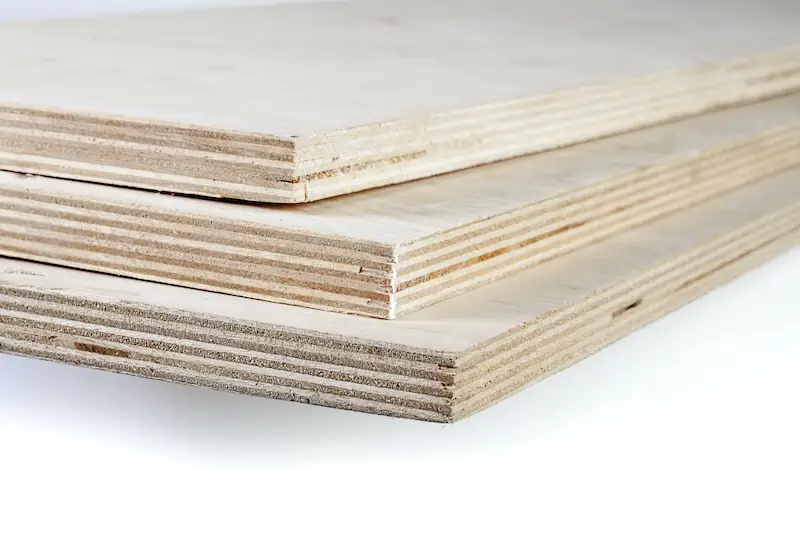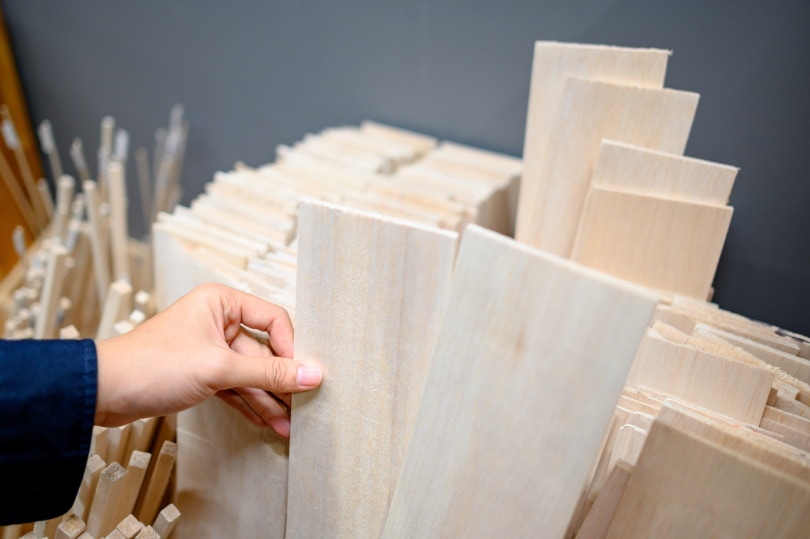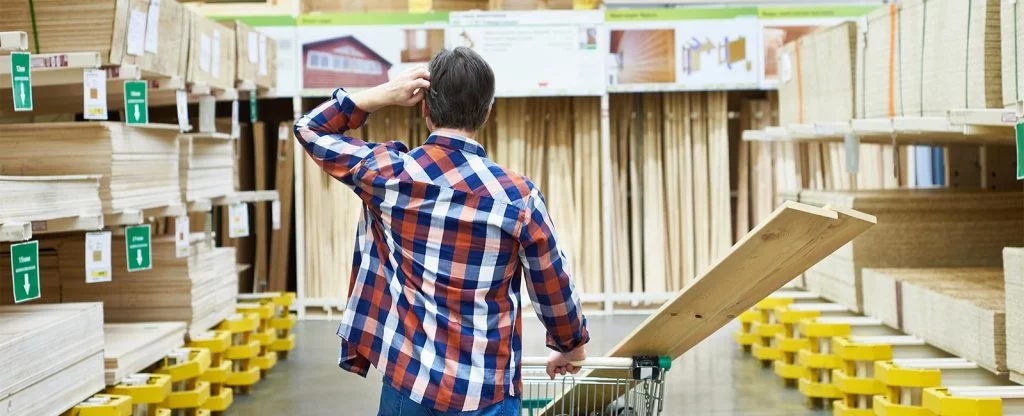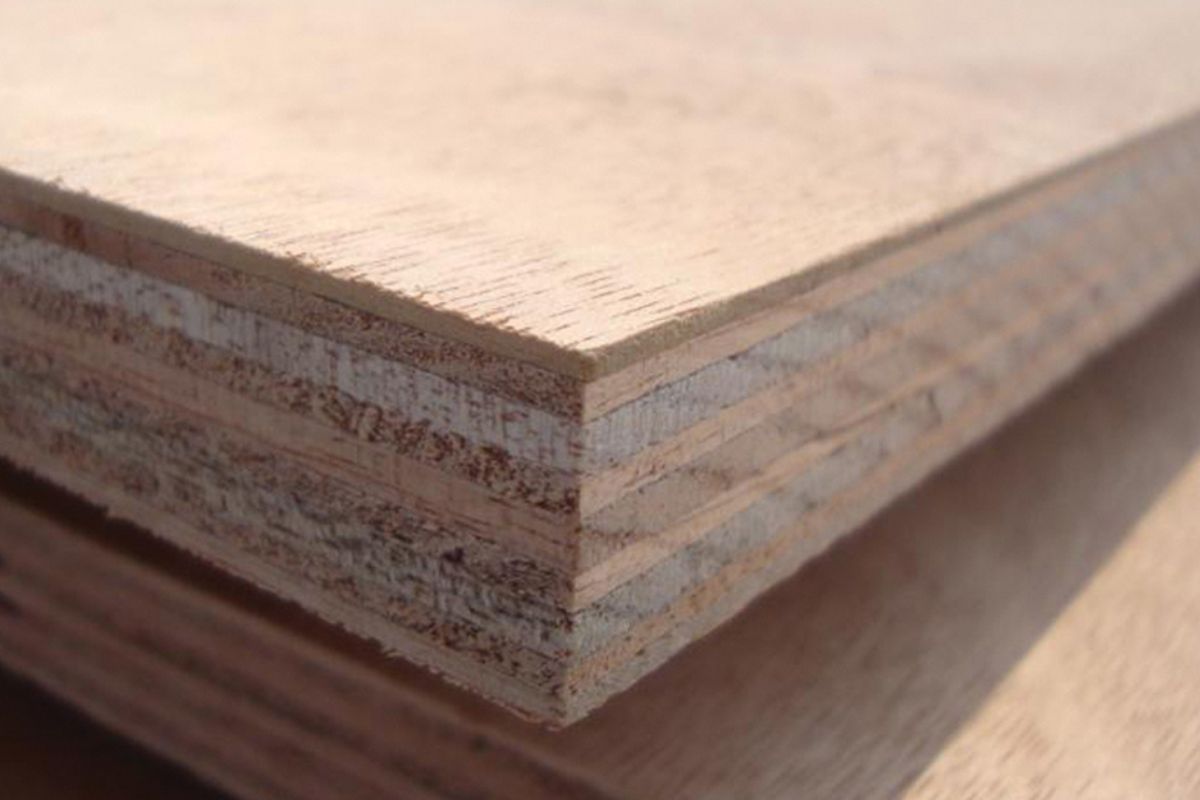Because of the several advantages offered by plywood as compared to traditional lumber, it certainly enjoys a favorable reputation among those in the woodworking industry. In fact, it is considered as among the most stable lumber products that is typically used in different types of construction. However, even though all plywood types are stable enough, nothing beats structural plywood in terms of stability. What is structural plywood? In this article we will understand what structural plywood is and why you should use it.
“Plywood” is a general term, even though what may have in mind is that it refers to an engineered wood product that is manufactured using laminated wood veneers, where the layers adjacent are arranged in a perpendicular position. It comes in many several types and may be categorized in several ways. For example, there is the structural plywood and non-structural plywood.
While the term may not make much of a difference, they actually do. Even though structural plywood may be used for various non-structural applications, there may be some troubles doing the other way around, since it is not recommended to use non-structural plywood for structural plywood use.
Structural Plywood – Why Special

For projects in construction that needs long-term structural and load carrying performance, there is no more workable and stronger lumber product than structural plywood. This type of plywood is usually made out of different species of hardwood and softwood timber. It is also made manufactured with Type A phenolic adhesive. For this reason, structural plywood is ideal for performing any permanent engineered and structural application that you may want to accomplish.
Structural plywood is manufactured with AS/NZS 2269. As such, it is available in different thicknesses, stress grades, and face veneer features that are fit for different types of applications. Even though structural plywood is treated using preservative, it offers more durability when using A-bond.
The good thing about structural plywood is that even though it may be used for outdoor applications and prone to bad weather conditions, it may last for a long time, as long that it is treated by preservative. Some even say that with preservatives as treatment, it can last for the declared service life, sometimes more.
The Different Uses of Structural Plywood

As suggested by its name, structural plywood is ideal for creating structural support aspects in the constructions of homes and buildings, like hoardings and beams. Some are even used in creating walls, roof bracing, flooring, and even with interior structures. Of course, its use is not just limited to the heavier types of applications, as they can also be used in making bins, crates, boxes, and other outdoor furniture.
Since structural plywood has veneers that are tested and measured for stiffness and strength, it has also been tested to be quite reliable and safe for use in both industrial and commercial buildings. Regardless of the high loading criteria that serves as a requirement for building codes. As such, it may be detailed easily to pass them. This is also the same with any criteria that is set by other building codes, including those for durability, fire, moisture and energy efficiency.
Structural plywood is also popular for both exterior and interior cladding. Residences these days feature walls and ceilings that use structural plywood for their cladding. Thanks to the natural strength of structural plywood, it is also a good option to take for consideration for bracing, which makes designing and shaping windows a lot easier, in the most creative way possible.
They are also strong and resilient enough to be used for sporting complexes and agricultural buildings as flooring. It can also be found used in making crates, pallets, storage decks, boxes, truck floors, truck bodies, cabinets and display storages, and even for hoardings such as furniture and billboards.
Structural Plywood vs. Non-structural Plywood

When contrasting structural plywood and non-structural plywood, there are some notable differences, and not just about the different wood types. Instead, it has something to do with the kind of glue that is used in the manufacturing of boards. This is a very important difference, since there are certain types of glues that are better in weather resistance than others.
The boards for structural plywood use Type A or Type B bond glues. The A-bond glues use phenol formaldehyde resin base, while the B-bond glues combine together melamine and urea formaldehyde. Both of these glue types create a bond in the plies, making them strong enough to deal with temperature changes and even damp conditions.
On the other hand, non-structural plywood uses C and D bond glues. These glues usually use urea formaldehyde resin. They have the tendency to quickly deteriorate when subjected to fluctuations of temperature and high humidity. This makes non-structural plywood not suited for outdoor and structural use.
The good news is that there are applications that need structural plywood, and its easy to identify them. For example, most of the types of plywood that are used in constructing homes is structural plywood. You can also find structural plywood being used in locations which may not be recommended in the building code, though certain parts of the structure of a home, such as the roof bracing or floors. With this in mind, there are also some applications where non-structural plywood may not be the recommended choice.
Conclusion
Indeed, there is a huge variety of plywood available in the market these days. Generally, they fall under two categories – structural and non-structural plywood. What is structural plywood? As mentioned in this article, structural plywood is durable, with certain varieties aesthetically appealing to become a part of a design finish. If you are looking forward to completing a woodworking project, attention to detail and a little research will save you from making mistakes. By understanding the nature of structural plywood and its uses, you will become more productive. What is your experience with working with structural plywood? Tell us in the comments section below!

Leave a Reply